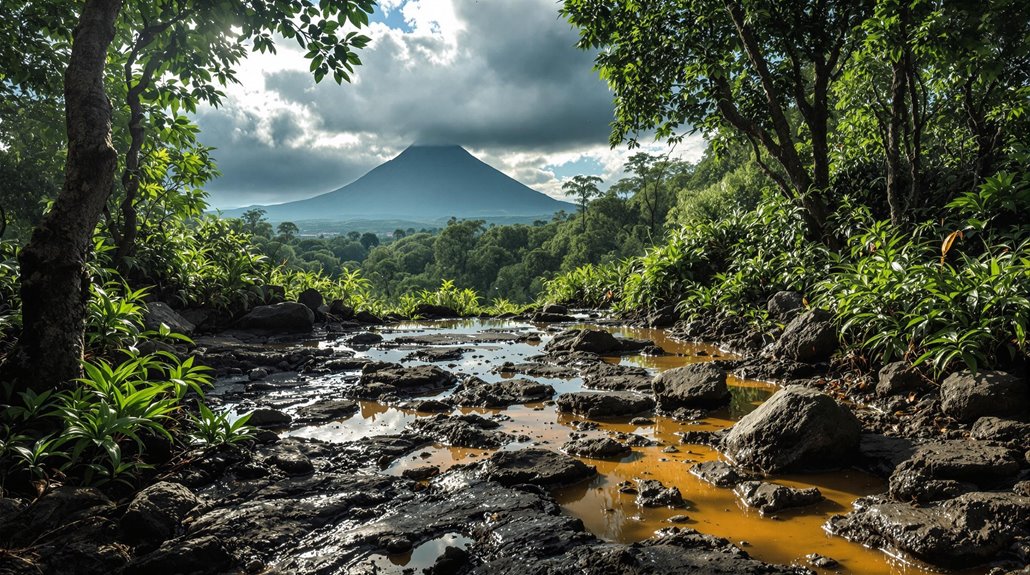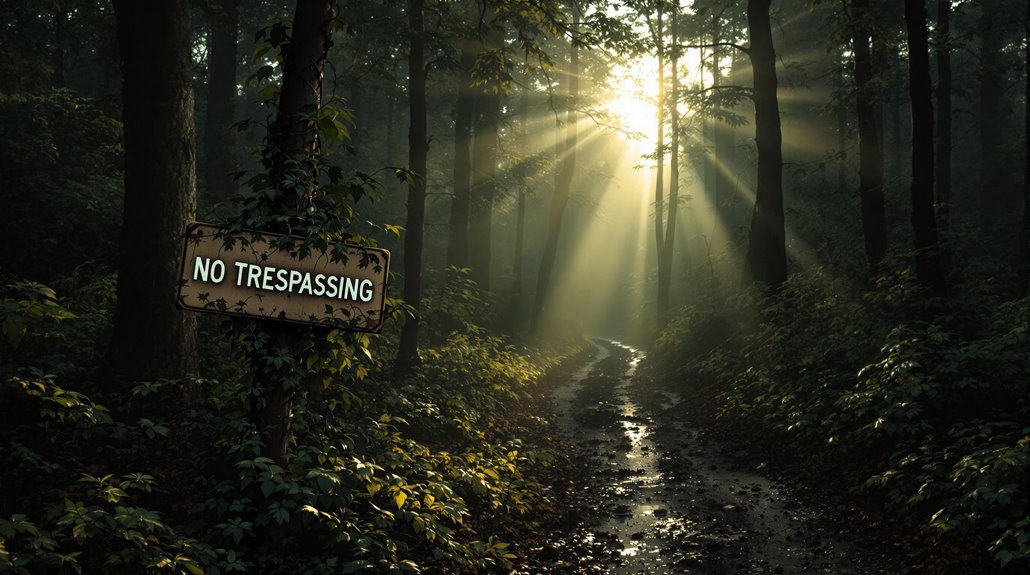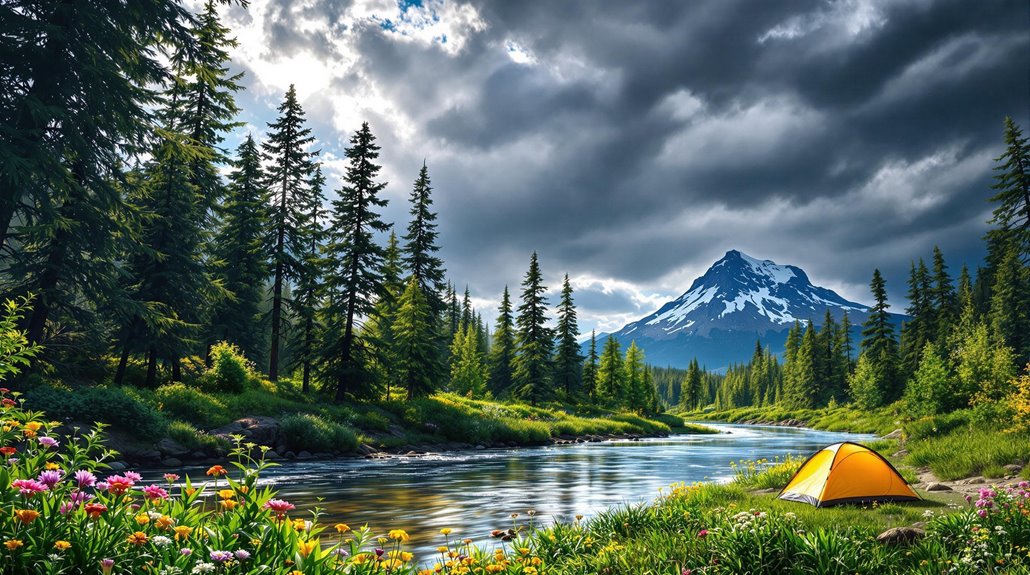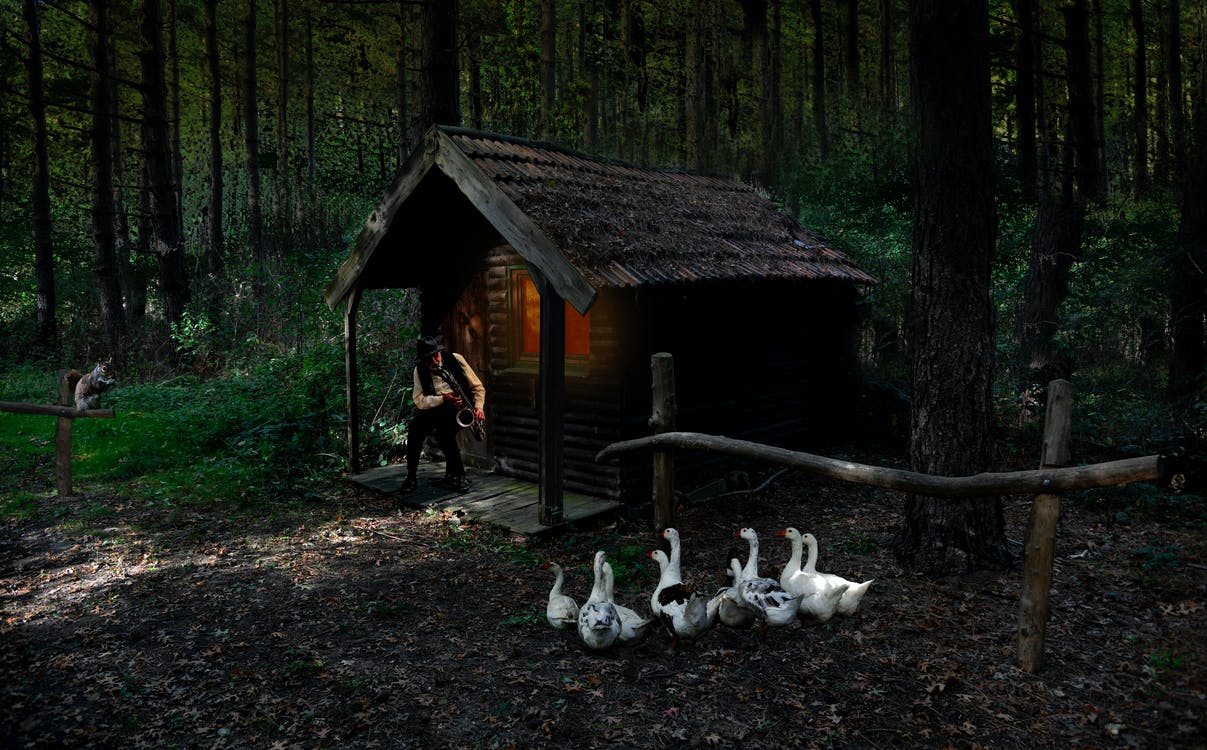5 Common Mistakes to Avoid When Choosing a Bug-Out Location

When selecting a bug-out location, avoid common mistakes like ignoring water sources, which are essential for survival and self-sufficiency. Make sure your site is secure and not easily visible, with natural barriers and protective measures in place. Don't overlook the importance of understanding legal restrictions and zoning laws to prevent complications. Choose a location that's not too distant, within 50-70 miles, and plan your travel routes wisely. Also, climate considerations are important; evaluate weather patterns and natural disaster risks in the area. These factors can greatly impact your ability to thrive in challenging circumstances, and further insights await.
Ignoring Water Sources
When you're choosing a bug-out location, don't overlook the importance of nearby water sources. You can only survive about three days without water, so having access to water is vital. Properties with natural water sources like rivers, lakes, or streams should top your list for long-term sustainability. These aren't just for drinking; they support gardening and livestock, important for self-sufficiency in emergencies. Rainwater collection can help, but you need to evaluate the area's climate to guarantee it provides enough rainfall yearly.
It's not just about finding water but confirming it's safe to drink. Ignoring this could be detrimental. You should have a Water Filter or purification tablets handy to ensure any located water is safe. Methods such as water chlorination can effectively eliminate many disease-causing microorganisms, ensuring the water is safe to consume. This way, you're able to live off the grid without the constant worry of water quality. Without these precautions, even a location with ample water might not be viable. So, when evaluating a bug-out location, prioritize water sources and purification methods. This guarantees that you and your loved ones have a reliable and safe water supply, making your bug-out location truly sustainable.
Overlooking Security Needs
Having secure access to water is just one piece of the puzzle for a sustainable bug-out location. Overlooking security needs can put you at risk, especially when natural disasters strike or when you need to distance yourself from populated areas. To keep your bug-out location safe, consider these crucial security measures:
- Choose a hidden location: Make certain your site is away from main roads and casual observers. This helps deter unwanted attention and potential intruders. Natural barriers like dense forests or mountains can improve security by making it harder for outsiders to access your property.
- Minimize visibility: Assess how visible your activities are from a distance. Smoke from cooking or visible livestock can attract unwanted attention. Keeping a low profile helps maintain your security in times of crisis.
- Implement security measures: Install fencing and surveillance systems. These provide supplementary protection, making sure your bug-out location remains secure, especially when risks increase during emergencies.
Disregarding Legal Restrictions

Often, people disregard legal restrictions when selecting a bug-out location, which can lead to significant problems down the line. To avoid these pitfalls, you must understand the zoning laws of your chosen area. Properties lacking proper agricultural zoning might prevent you from important activities like gardening or raising livestock, fundamental for self-sufficiency. It's critical to investigate land use regulations thoroughly. This guarantees your bug-out activities align with local ordinances, helping you avoid legal troubles.
Ignoring building codes is another common mistake. Constructing shelters without the necessary permits can result in hefty fines or even the removal of your structures. Before building, familiarize yourself with these codes to prevent such consequences.
Access to resources like water is often subject to legal restrictions. Verifying water rights and regulations is crucial for long-term planning. Confirm your chosen location has legal access to water sources to support your survival needs.
Additionally, be aware of environmental protections and conservation easements. These can impose unexpected restrictions on how you use the land, potentially affecting the functionality of your bug-out location. By addressing these legal aspects, you can secure a feasible and compliant bug-out spot.
It's also important to consider emergency preparedness and supplies to ensure your bug-out location can sustain long-term survival needs, including food, water, and medical essentials.
Underestimating Distance Challenges
How often do you consider the real impact of distance when choosing a bug-out location? It's easy to focus on the ideal spot without thinking about how you'll actually get there. Choosing a bug-out location too far from where you live can result in exhaustion and depleted resources. Ideally, you should select a site within 50-70 miles to guarantee accessibility. Underestimating the distance challenges can put you in precarious situations.
Think about these factors:
- Travel Time: Not accounting for travel time can leave you stuck in traffic or unable to reach your location before things worsen. Always plan your routes carefully.
- Physical Endurance: Emergencies might require you to walk long distances. Assess your fitness level to confirm you're prepared for such challenges.
- Weather Conditions: Heavy rain or snow can greatly slow your progress. Consider seasonal challenges when evaluating the distance to your bug-out location.
Familiarity with the terrain between your home and the bug-out site is essential. Maneuvering through unfamiliar areas during a crisis can lead to delays or getting lost. Always plan thoroughly to avoid these pitfalls and verify your bug-out location is truly viable. A durable shelter is essential to protect against harsh weather conditions and provide a safe resting space during travel to your bug-out location.
Neglecting Climate Considerations

When choosing a bug-out location, overlooking climate considerations can be a significant mistake. Climate plays a vital role in your survival strategy. If you plan to live off the land, you must consider the impact of seasonal weather patterns on crop growth and water availability. Harsh winters demand extra insulation and heating, while dry areas might require creative solutions for water collection and storage. These factors directly affect the shelf life of your food and water supplies.
A common mistake is failing to evaluate regions for natural disaster risks like hurricanes or wildfires. These events can severely compromise the safety and functionality of your bug-out location. You'll need a thorough understanding of the area's risk levels and preparedness strategies to guarantee safety during extreme weather events. It is important to identify safe spots in your bug-out location to ensure a secure refuge during an earthquake or other natural disaster.
Additionally, the availability of climate-related resources, such as fertile soil for gardening or ample firewood for heating, is essential. These resources not only support long-term sustainability but also make living off the land more feasible. Neglecting such factors can leave you unprepared for challenges like droughts or floods, which might compromise your food and water supplies, rendering your bug-out location ineffective.




